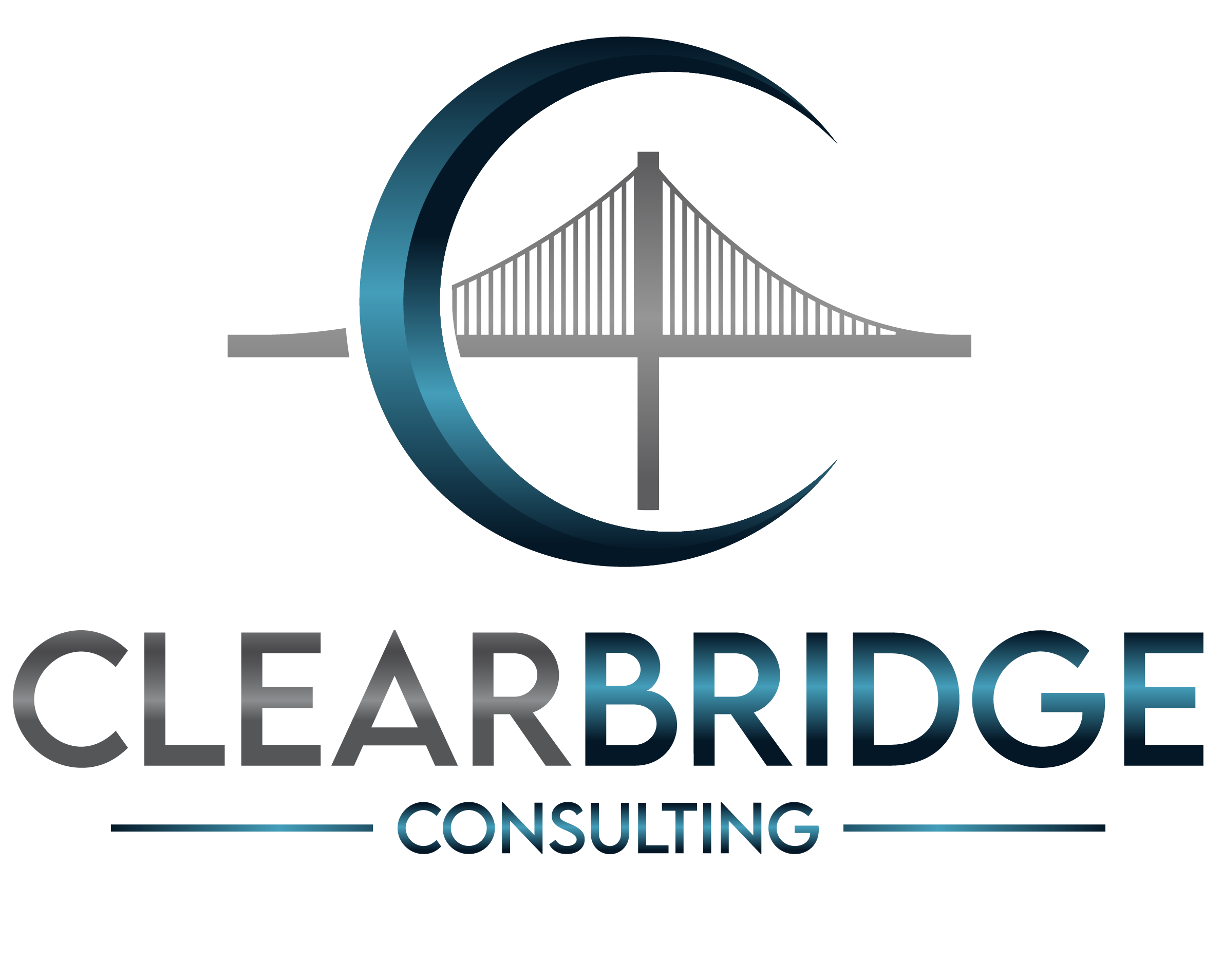High-performing teams are critical to the success of any organization. Ensuring that these teams are successful requires a focus on six key measures of organizational effectiveness. Leaders must create an environment that fosters the growth and development of high performance to get the best from their teams. The following measures—structure, process, resources, information, innovation, training, and engagement—are particularly important in this regard.
- Structure: The structure of an organization plays a crucial role in the success of its teams. A well-designed organizational structure ensures that teams are aligned with the organization’s goals, roles and responsibilities are clear, and communication flows effectively between different teams. This clarity helps high-performing teams work together efficiently and effectively.
- Process: Effective processes are essential for high-performing teams. Processes ensure that work is completed efficiently, tasks are assigned to the most appropriate team members, and there is accountability and transparency around the work being performed. Good processes reduce the likelihood of errors or mistakes and ensure that work is completed to a high standard.
- Resources: Providing high-performing teams with the resources they need to succeed is crucial. This includes not only physical resources such as equipment and technology but also human resources such as personnel and expertise. Providing teams with the necessary resources helps them work effectively and efficiently and prevents burnout and turnover.
- Information: The quality and frequency of financial and managerial reporting, data, and KPIs are vital for making informed decisions. An organization must communicate this information clearly and regularly to ensure that teams understand their performance and areas for improvement. Timely and accurate reports help in strategic planning, resource allocation, and performance tracking, enabling teams to make data-driven decisions that enhance their effectiveness.
- Innovation: High-performing teams are often those that can innovate and find novel solutions to problems. Organizations that encourage innovation, provide teams with the resources, and support they need to explore new ideas are more likely to have high-performing teams. Encouraging innovation helps teams stay ahead of the competition and adapt to changing circumstances.
- Training: Providing training and development opportunities for team members is crucial for maintaining high-performing teams. This includes technical training as well as training in areas such as communication, leadership, and teamwork. Training can be formal or informal and can take place in various settings, such as classrooms, workshops, on-the-job training, or online courses. The main objective of training is to enhance employees’ skills and knowledge to improve their job performance.
- Engagement: An engaged employee feels a sense of ownership towards their job, is motivated to go beyond their job requirements and is committed to the organization’s goals and values. This speaks to the culture and the sense of belonging and purpose each team member feels at every level of the organization.
In summary, high-performing teams require a combination of structural, process, resource, information, innovation, training, and engagement measures to achieve optimal outcomes. Organizations that focus on these key measures are better equipped to build and maintain high-performing teams that drive success and growth. By focusing on structure, process, resources, information, innovation, training, and engagement, organizations can create an environment that builds and maintains high performance and excellence.






